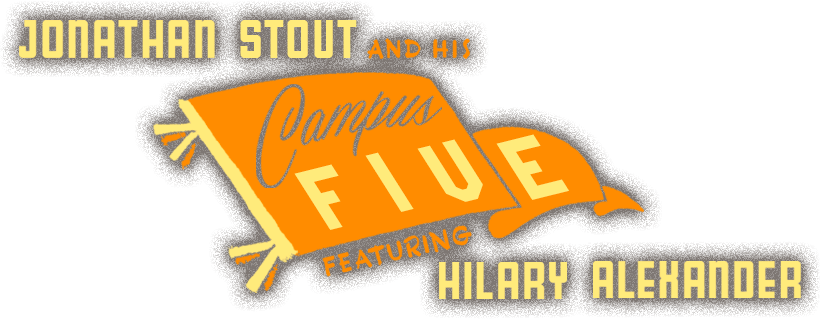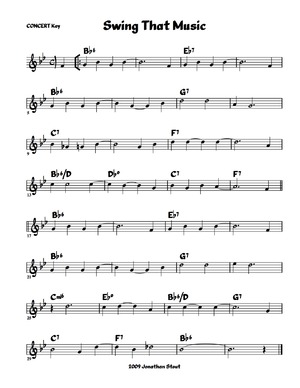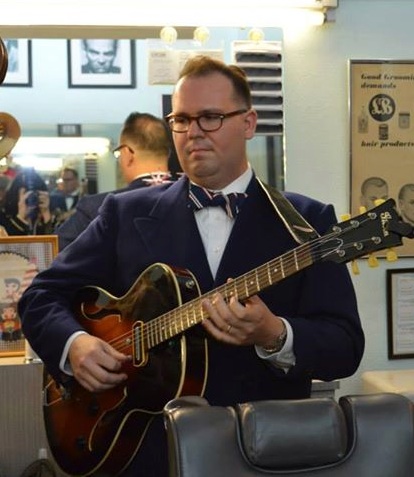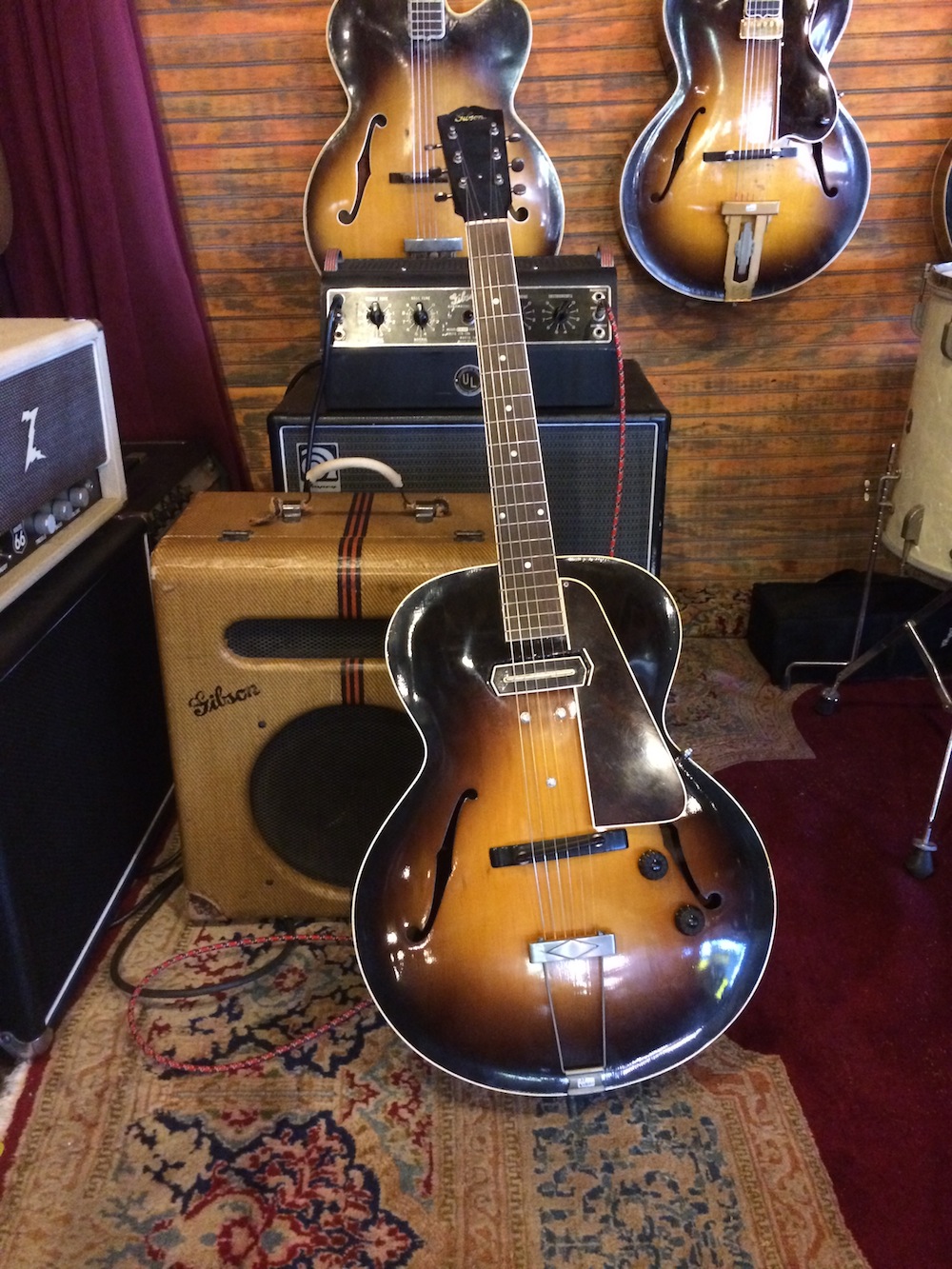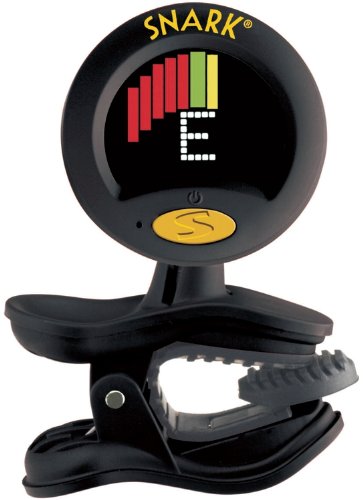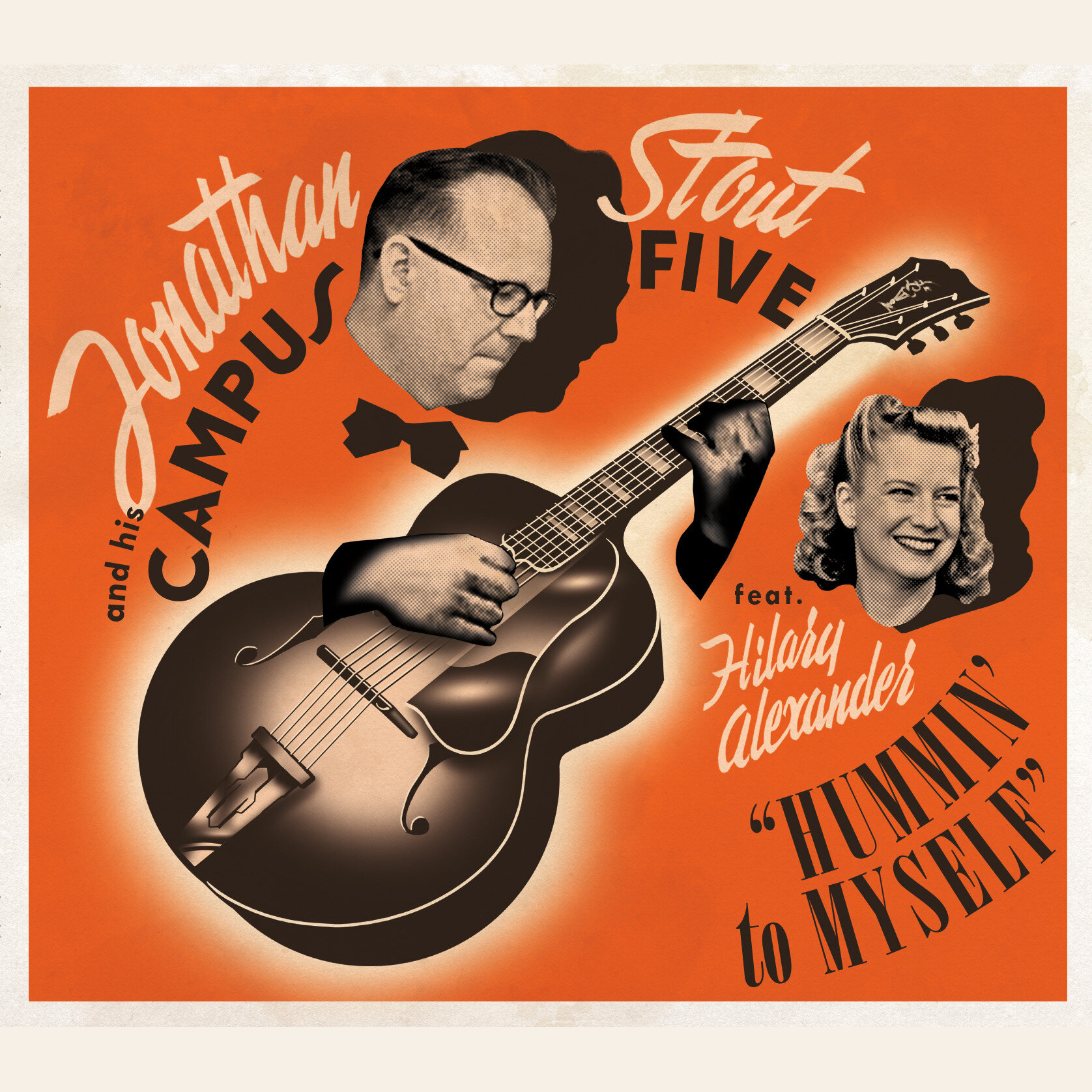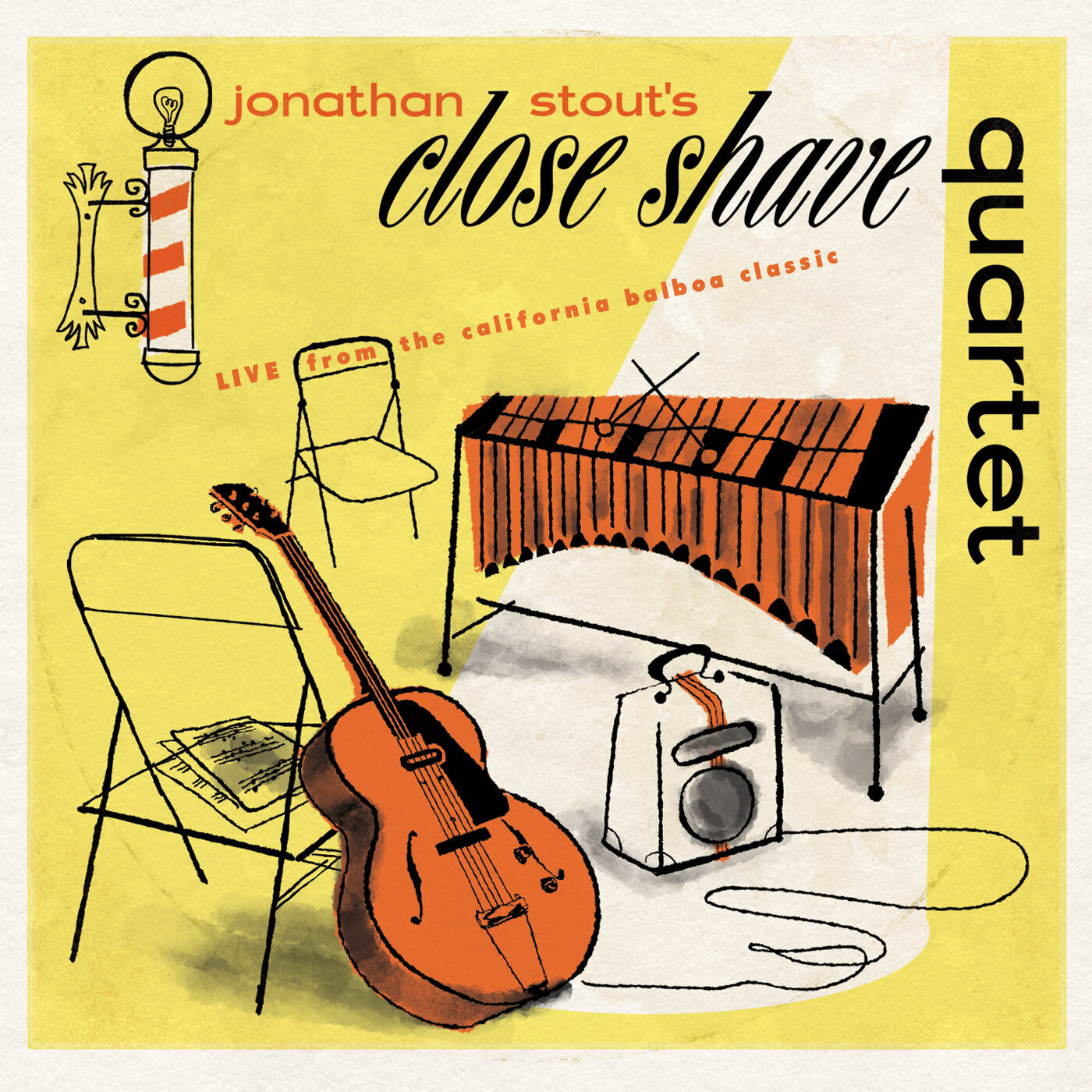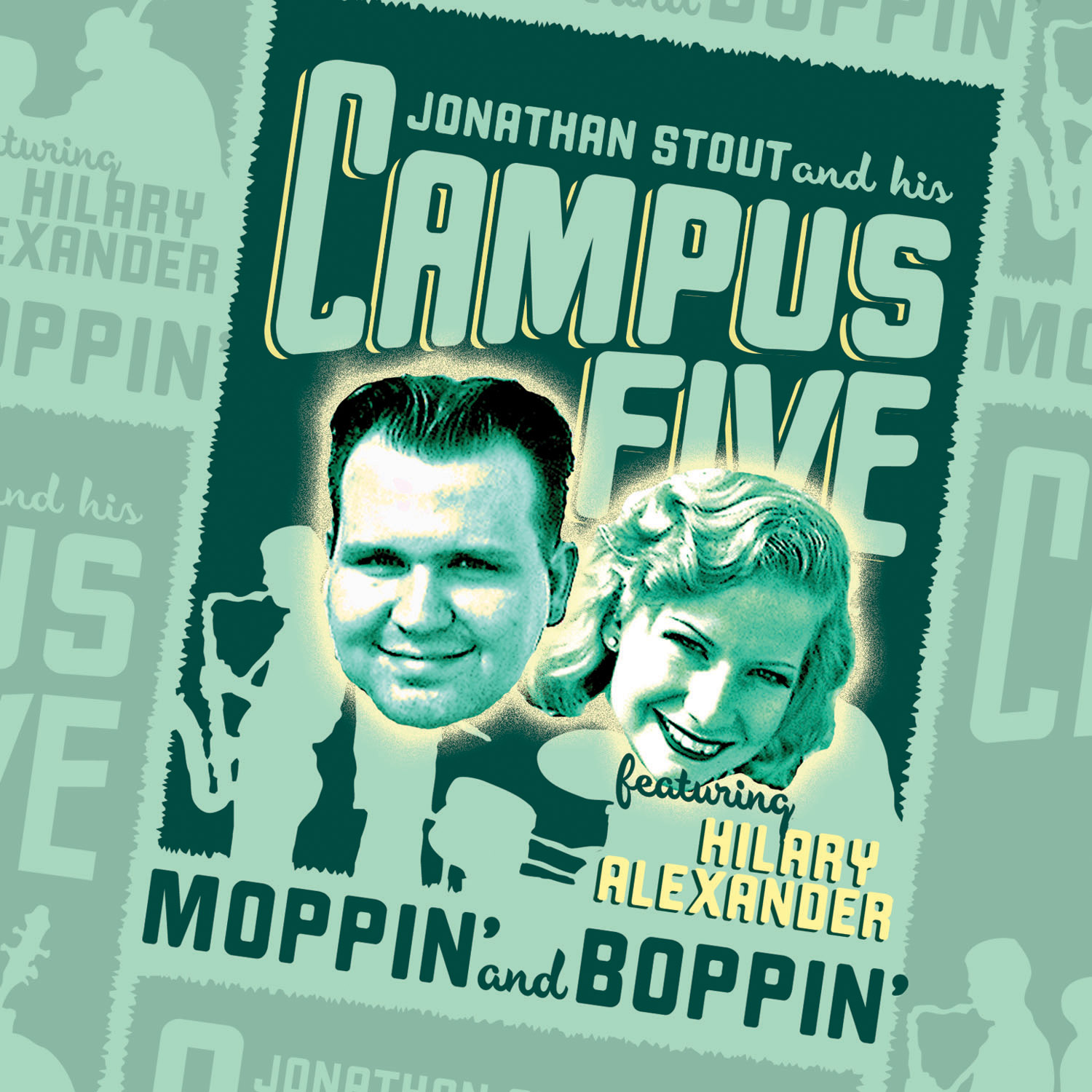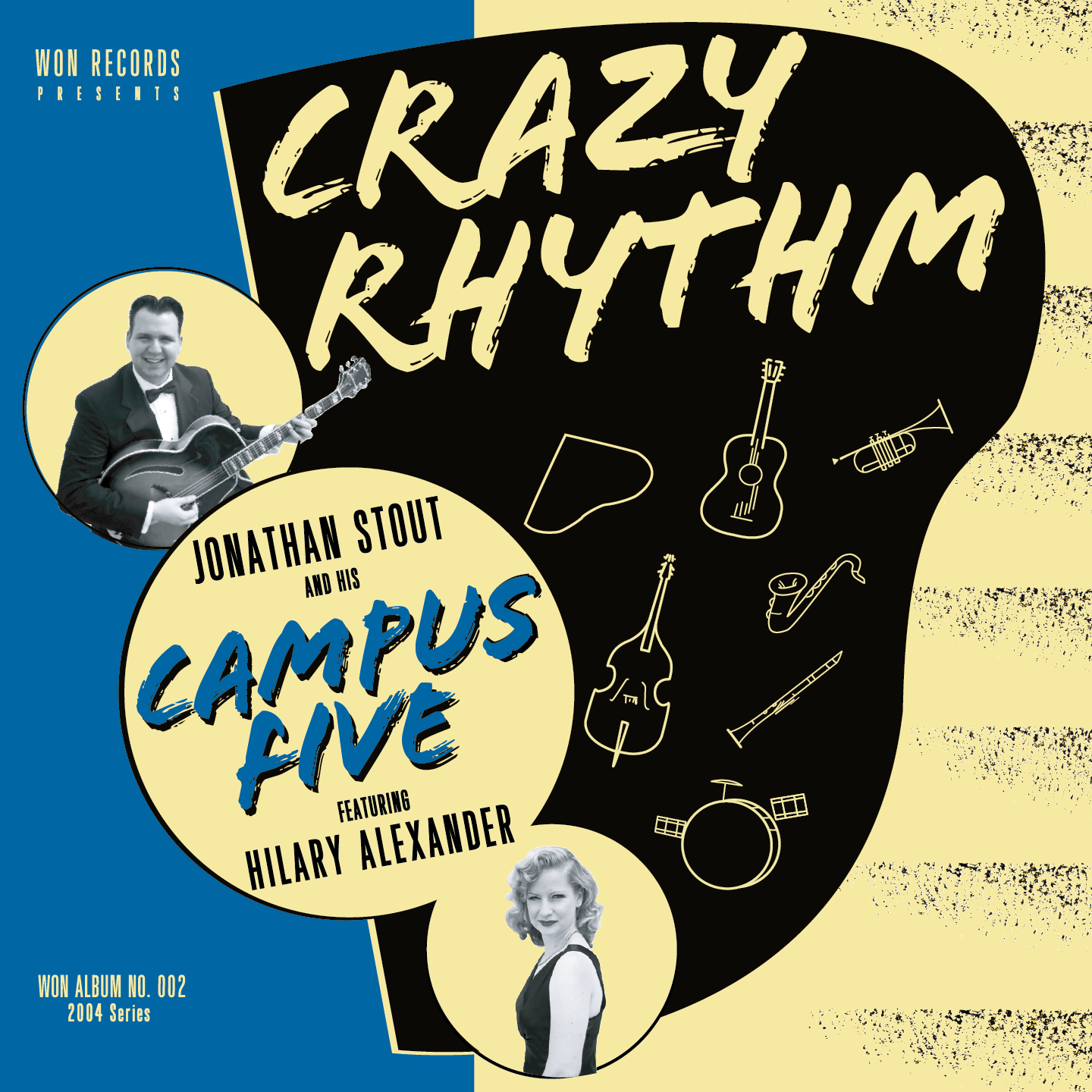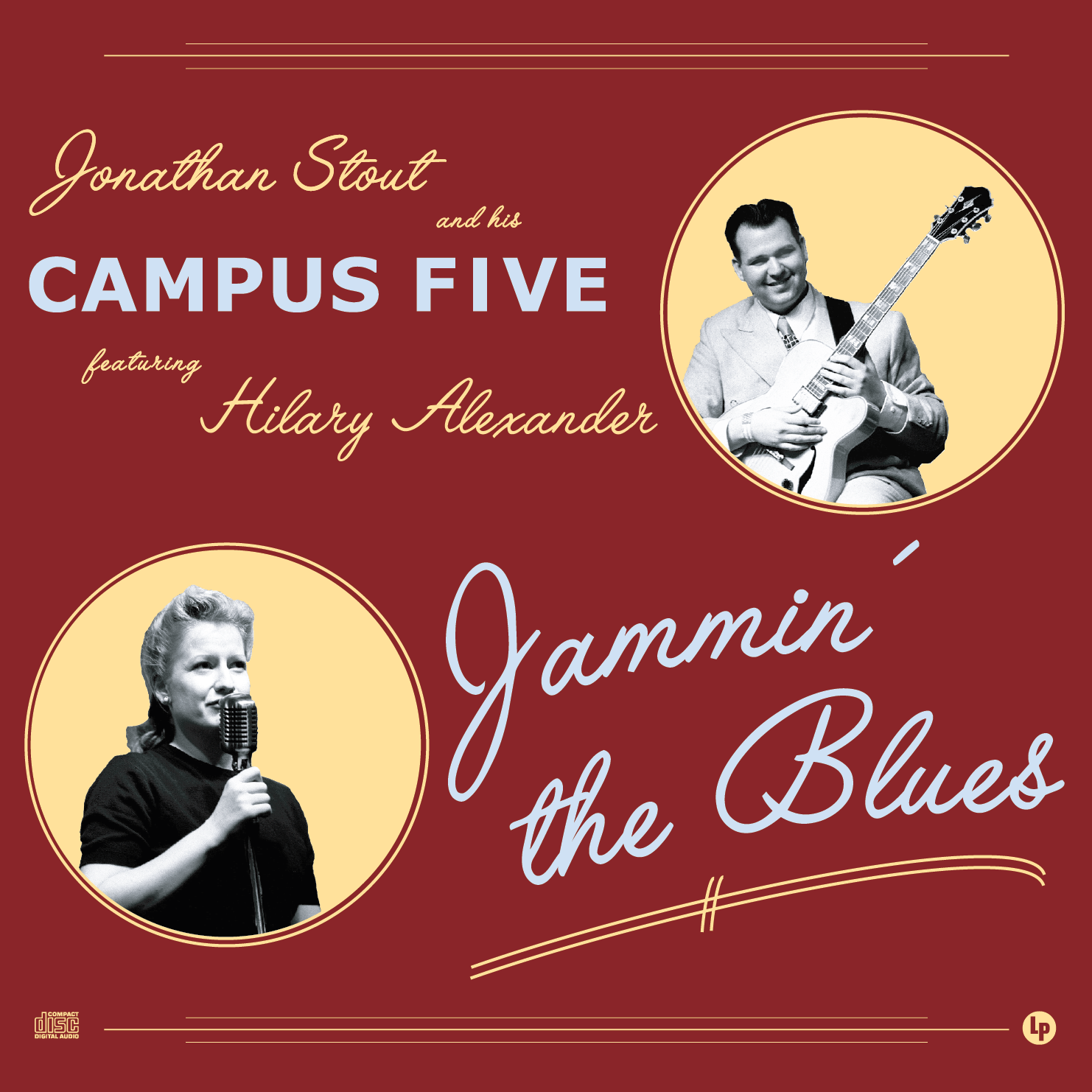Because Swing Guitar straddles the worlds of both acoustic and electric instruments, the choice of string has been an open question since I began playing Swing Guitar. At times I tried to "split the difference" between, but I found it was usually better to treat an instrument as either purely electric or acoustic, since electricifing an archtop so often leads to it loosing the essential acoustic character needed for proper swing rhythm guitar.
I recently got a message from Glenn Crytzer who again inquired about what strings to use, which propeled me on a quest to figure out once and for all about the history of guitar strings as it relates to what Swing and Early Jazz guitarists would have used. Here are the results of that research.
Strings Today
Electric vs. Acoustic = Nickel vs. Bronze
Today, guitar strings comes in an almost endless variety, but most are one of two basic flavors: "acoustic" bronze-wound and "electric" nickel-wound. Almost all strings have the same steel core wire, and the difference is the wire wrapped around it, though there is sometimes variation in the shape or size of the core wire. The plain, unwound strings (usually the high E and B, and on very light sets, the G) on bronze and nickel sets are generally the same.
While you can technically use either string on either guitar, the use of magnetic pickups on electric guitars require a string that is ferromagnetically responsive, and nickel-wound strings and unwound plain steel strings are much more responsive than bronze strings. Besides bronze wound being very inefficient, the difference in metals causes there to be a staggering volume difference between the plain, unwound strings and the wound strings. Bronze strings, while not being as magnetically responsive, do sound much louder acoustically. They are both fuller and zing-ier sounding than nickel-wound.
Nickel and Bronze Varieties
Bronze-wound strings come in two main flavors: 80/20 bronze and Phosphor Bronze. Phosphor Bronze is much newer, having been introduced in the 1970's as a brighter, longer lasting string. Nickel-wound strings come into two main flavors as well: so-called "pure nickel" and nickel-wound (which are nickel-plated steel wrap). Nickel-plated steel strings were introduced in the 60's as nickel prices rose, and the brighter sound of nickel-wounds was desired. 80/20 bronze and "pure-nickel" are generally considered the more "vintage" choice by mainstream guitar culture, though really that only means 1950's or 1960's vintage.
Flat = Jazz?
One other variation worth mentioning at this point is "flat-wound" strings. Flats are the darkest, and mellowest-sounding strings tonally, and because they have a flattened playing surface, they make almost no finger noise. The main varieties of these are what I think of as "true-flats" or "ribbon-wound", where a flattened strip of metal is wound around the core wire, and "ground-wound" where a round string is wrapped and then the outer surface is shaved or ground down to a flat surface. Ribbon-wound strings are the darkest, with ground-wounds being a step brighter, but still mellower than round-wounds.
Flat wounds are often thought of as "jazz" strings, though in reality that means the "jazz" of the 50's and 60's. As I mentioned in a previous article, legendary studio guitarist Bob Bain related to me that flat wounds were not really used until the mid-50's. La Bella claims to have introduced flats in 1940, but I'm guessing they weren't commonly adopted until the 1950's. Flat wound strings have the distinctive sound of post-bop and hard-bop guitarists like Grant Green, Kenny Burrell, Wes Montgomery, etc., which is something distinctly different than swing-era electric players like Charlie Christian and early Barney Kessel. I don’t recommend flats for swing-era playing.
Strings Types and Swing Music
So the question remains, “what were they using before 1950, and more importantly what were they using during the swing-era?” That question has been difficult to answer, and I after some research and some theories.
Pre-History of Strings, part 1: "Steel"
As best as I can tell, metal musical instrument strings go back hundreds of years. They came to guitar in the middle of the 19th Century. During this time there was no particular standardization. Originally steel strings were oiled to retard oxidation, and other coatings were tried before plating came into the picture. Gauges were not specified, and you basically had the choice of brands.
For figuring out the timing of advancements and product introductions, the best resource I found was a collection of manufacturer’s catalogs at www.acousticmusic.org, all of which were available for download as PDFs. There were quite a few discussions in various forums asking many the same questions, but this one <http://theunofficialmartinguitarforum.yuku.com/topic/1743#.UV0JXKsjqXQ > from the Unofficial Martin Guitar Forum was especially helpful. The extensive collection of string packages provided some missing information.
In the 1903 Gibson catalog, the only steel strings were listed as "silver wound." Just judging from the catalog, it is hard to determine whether these were actually silver-plated, or whether they were "silvered" with some other alloy or method. Many of the string packages shown on the martin guitar forum, however, do specifically say "silver-plated", and judging from the packaging art and lettering, these could easily be from the era the teens and 1930's. Thus, I would bet that "silver wound" meant "silver-plated steel."
The 1930 Martin catalog only lists "wound steel" (with wound B and G), but with no further description of composition. The 1934 Epiphone catalog also offers no clue to composition beyond "steel."
Monel: The missing link
Before being my research, I had never heard of a metal called "Monel," let alone did I realize that it was probably the dominant guitar string alloy for a period in the 1930's and perhaps into the 40's. According to wikipedia (I'll do some legit metallurgical research eventually), monel is a nickel-copper alloy is commonly used in applications with highly corrosive environments. Monel guitar strings were produced from the 1920’s up until the 1970’s, and new old stocks had mostly run out years ago. However, Martin recently announced that they are bringing back monel strings for a signature set for bluegrass guitarist Tony Rice. I just ordered a couple sets, and will report back as soon as I can.
The 1930-1931 Gibson catalog introduces "Mona-Steel" strings, which was Gibson's name for monel. No other steel-string choices are listed.
The 1934 Gibson catalog, offers only mona-steels, but does offer the option of "hand polishing." There is some conjecture on various bulletin boards that this is a reference to flat-wound strings, or at least an early "ground-wound" string. I do not think that is the case. Rather, I am guessing that the manufacturing standards of the day may have led the strings to be a bit "fuzzy" and perhaps a bit poorly finished. There are pictures of Mapes brand strings from the 30's that came with a "sepam cloth" to polish the strings. Sepam cloth is something like an emery board. The 1944 Epiphone catalog mentions strings can be "hand-polished" to "reduce swish." Reducing finger noise may also have been a concern. However, I would argue that while "hand-polishing" may have rounded off the gullys between round wrappings ever so slightly, they are not "flats" as we think of them. Also, given how much material would have to be removed to make them flat, I doubt that could really be achieved with something like an emery board or by hand.
In comes Bronze
So far, the earliest reference to "bronze wound strings" that I've come across is in the 1935 Martin catalog. Both Monel and bronze sets are listed, with bronze being listed as being "heavy gauge" and wound on a hexagonal core, and the monel listed as being "medium gauge" and wound on a "piano core," which I'd assume is a round core. Gibson's 1937 catalog also adds bronze-wound to the line up, along with the mona-steels. It isn't until after the impact of the electric guitar that there is any text describing the qualities of monel vs. bronze.
Electric vs. Acoustic
The 1937 Gibson catalog is also very important because it introduces Gibson's electric line of guitars, banjos, mandolins and hawaiian steel guitars. Gibson's first electric guitar pickup, usually known as a "Charlie Christian" pickup, had an issue with the B string being significantly louder than the rest. By 1938 Gibson added a notch in the pickup under the B string to try to equalize the difference. Finally, in 1939 Gibson introduced a CC pickup with individual pole pieces on the ES-250. In 1937, the Gibson catalog simply directs electric guitar users to use a set of monel strings. But consider that, at that time, the first electric jazz guitar solo had yet to be recorded.
There was a significant amount of experimentation and innovation in those earliest years of the electric guitar. The next two catalogs in the collection show major changes. The 1942 Gibson catalog finally differentiates electric strings from acoustics. Mona-Steel and Bronze are both offered without reference to "acoustic", but the newest addition is Mona-electric strings. The catalog only says that they are specifically selected gauges of mona-steel. Presumably monel was still used for electrics, but the gauges had been altered to deal with the "hot B string" problem.
There is a particularly telling paragraph in that 1942 catalog:
"Our Mona-Steel Strings are noted for their non-tarnishing long wearing qualities, and are better suited for electrics. The bronze strings have that clear tone of soft brilliancy, which is preferred by many especially in orchestra work. Light gauges are more responsive and ideal for light, fast picking; while heave gauges are designed for the orchestra players who need volume and solidity."
The difference becomes codified
The 1942 Gibson catalog mentions that heavy-gauge bronze strings are standard equipment on Super 400's and L-5's. By the 1944 Epiphone Catalog the split between electric strings and acoustic strings appears to have solidified. It offers "special bronze wire covered" strings as well as now specifically electric "Electar" strings of "magnetic materials."
After this my resources dried up. I can't find any catalogs until 1950, when Gibson was offering both generically "Guitar" (presumably monel) and "Bronze Guitar Strings", as well as specifically electric strings. Again, there is a lapse in the resources until 1959, when the Fender Catalog describes their electric guitar strings (as they only made electric instruments then) as "pure nickel-wound."
Conclusions
Based the catalogs, I would feel comfortable making a couple of inferences.
- I would bet that someone like Eddie Lang was using a silver-plated steel string until the introduction of monel and perhaps adopted monel until he died in 1934.
- I'm guessing that Monel strings were probably used by the second generation of guys, like Carl Kress, Dick McDonough, George Van Eps, though they may have switched to bronze-wound when they were introduced.
- The swing-era rhythm players probably adopted bronze-wound strings because of their greater volume, although it's possible some stuck with monel strings.
- Because I can't find any references to specifically electric strings until 1942, I would bet that Charlie Christian probably used mona-steel strings.
Epilogue
I bought a couple sets of Martin's Tony Rice Signature Monel Strings. I tried them on both my Eastman 805 and my Franken-ES150. The verdict is still out, because I haven't had a chance to trade back and forth and to play them on very many gigs. Lately I feel like I've gotten burned by forgetting that how something sounds alone is not necessarily how it sounds in the context of an ensemble.
On the acoustic, they definitely had a distinct sound as compared to either bronze or nickel. They were bright and cutting without being shrill. They seemed to have increased mids and upper mids, with somewhat reduced bass as compared to bronze. On the electric, there is some difference between the wound and unwound, but I think it maybe a beneficial one. The low strings tend to be very bassy and distort my EH-185 far more readily than the unwound strings. I think the lesser magnetic response may actually serve to balance the guitar better when jumping from rhythm guitar (which I've already written how much I dislike electric rhythm guitar) and solos.
Lastly, the gauges for this signature set are a bit different than a normal set of 13's, with the middle strings running slightly lighter. Some of the strings seem to flexible, and seem to "give" when hit hard rather than bouncing back. Only more time an experimentation will tell.
